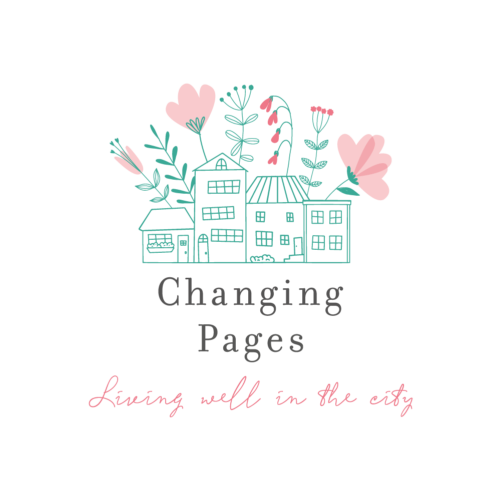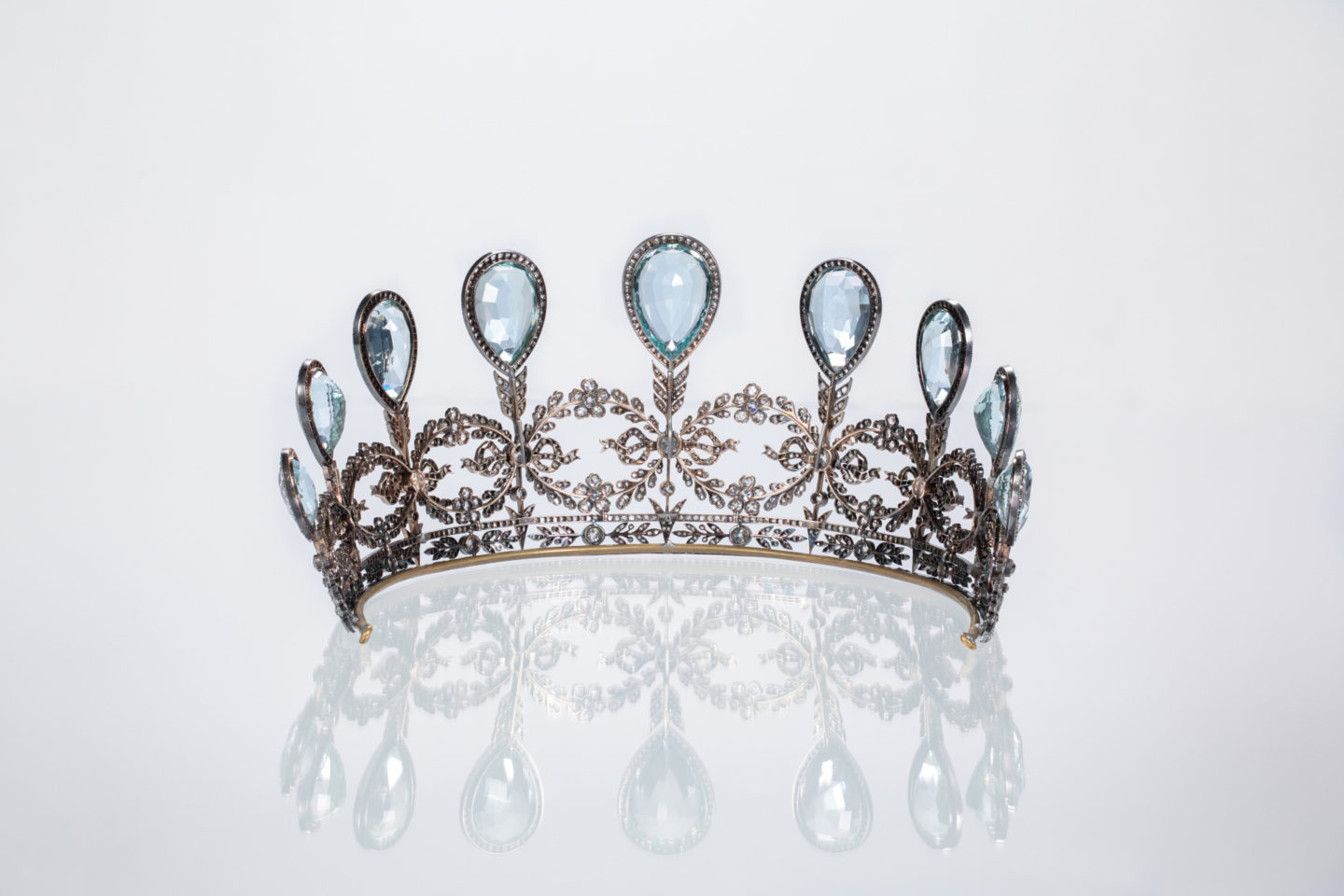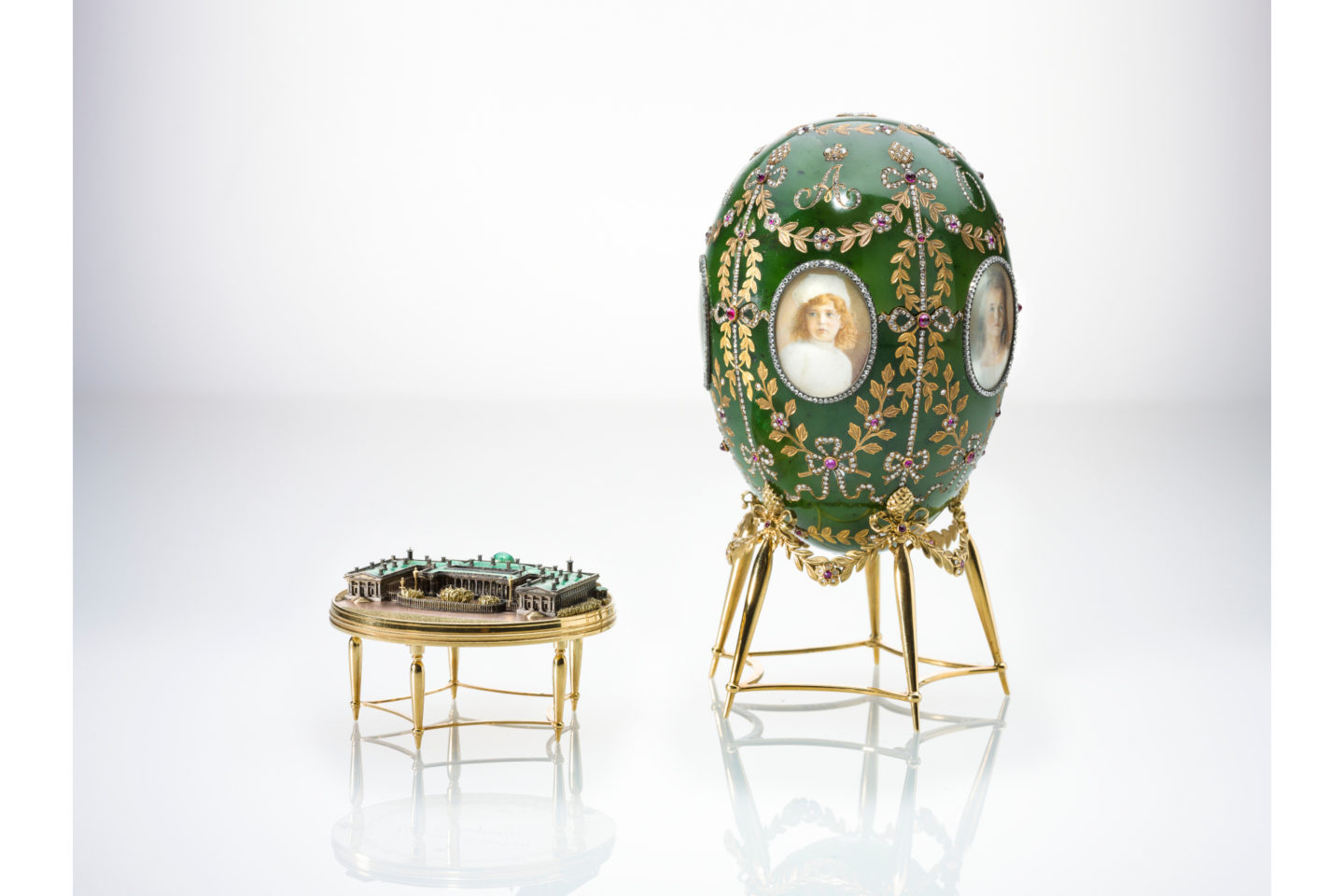The coming of Fabergé flashed like a comet through the black firmament of over-seriousness everywhere and with such unmistakable brilliance.
Henry Bainbridge, Fabergé’s London agent
As someone who loves London and has a magpie tendency towards sparkly things, Fabergé in London: Romance to Revolution was an exhibition I had been looking forward to for some time. Fabergé is best known for his Easter Eggs, but he in fact made a variety of things. Carved hardstone figures of animals, cigar cutters, tiaras and letter openers were all part of his repertoire. The current exhibition at the Victoria and Albert Museum in London‘ is an exploration of Carle Fabergé’s internationally recognised firm and his relationship with London. His connections with the Russian Imperial family and their links with the British Royal family are explored through the 200 objects on display.
The exhibition focuses on the relatively unknown Anglo-Russian nature of his enterprise, with his only branch outside of Russia opening in London in 1903. Royalty, aristocrats, American heiresses, exiled Russian Grand Dukes, Maharajas, financiers with newly-made fortunes, and socialites flocked to the boutique to buy gifts of unparalleled luxury for each other. At this time, Fabergé works were as popular in Britain as they were in Russia.
Queen Alexandra of England was the sister of the Empress Maria of Russia. Maria often sent Fabergé gifts to her sister. Queen Alexandra adored Fabergé and she and her husband King Edward became some of the company’s most important customers.
Into the Exhibition
The luxury is evident as soon as you step inside the galleries. Soft pink carpets create an expensive feel perfectly suited to the opulence of Fabergé.
A display of black and white photographs capture the workers at work in the fabergé workshops and there is a lovely image of Fabergé’s premises at 173 New Bond Street in 1911. There is also some wonderful footage of Edwardian London which sets the scene for the Fabergé period.
Amongst some of my favourite works on display were the winter jewels. The frosted patterns on these capture the harshness of the Russian climate in winter whilst displaying the intricacy of patterns made by ice and snowflakes. The ice Crystal pendant was one of my favourite pieces.

As you might expect the last and largest gallery is given over to a breathtaking display of the Imperial legendary Easter Eggs. It is the largest display of these in a generation and many are being shown in the UK for the first time. It was so uncrowded when I visited, that I almost had the room to myself which gave lots of time to linger and take in all the intricate details of these spectacular creations.
Apart from the jewels, it is the historical content which is so fascinating and transports you back to a world of wealth and extravagance. During his successful time in London, Fabergé made a collection of animals which represented the much loved animals kept at Sandringham by the King and Queen.
The collection was made from hardstone and given as gifts to the royal couple by those who stayed at the estate. They were the perfect gift as they combined the skill and beauty of Fabergé which the couple loved, but also met the requirements set out by the queen that presents to them should not be expensive. One of the most significant carvings was that of King Edward VII’s favourite dog Cæsar, a Norfolk terrier. The King and Cæsar adored each other and were inseparable.

When World War One took hold, the business went into gradual decline. During the war, Fabergé workshops were conscripted to producing munitions. Apart from woking the metals to create explosive devices, the craftsmen turned their hands to making more modest, utilitarian objects such as cooking pots, bowls and beakers. In 1917 the London branch was finally closed for good.
Despite his huge success, Carl Fabergé sadly died a refugee. He was forced to flee his homeland after the Russian revolution. He died in Switzerland in 1920, broken-hearted at the disintegration of his life’s work.
This is not a vast exhibition, which is a good thing. But it is packed with fascinating historical details which tell a story, and one I didn’t know. This little escape into jewelled luxury gave a fascinating insight into the English-Russian royal connections and is one I would happily go back at.
The exhibition runs until 8th May 2022
Nearest Tube: South Kensington



Wow! We saw a very small exhibition of faberge works against the extremes of soviet brutalism. Quite amazing. Would love to see this exhibition x
Author
Wow, that sounds like quite an exhibition. Such contrasts.